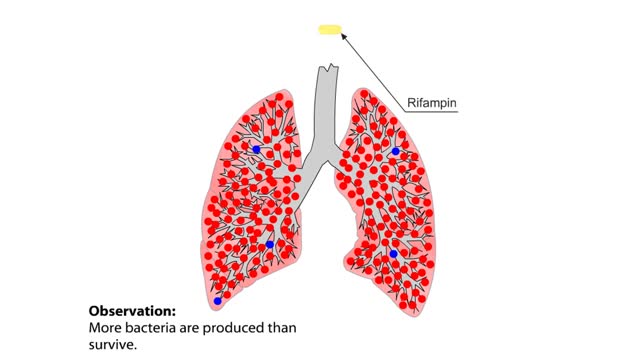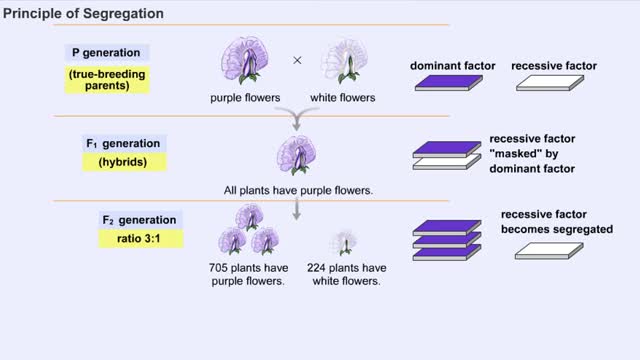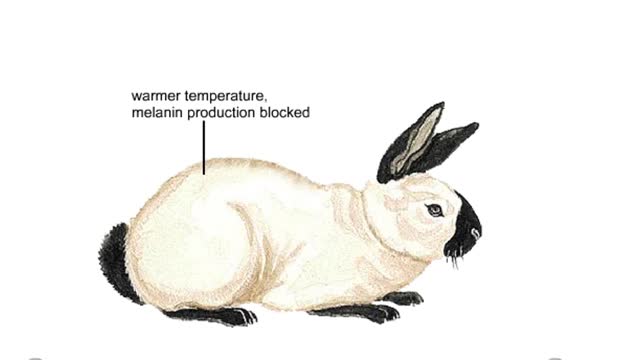How to find out if a population is evolving?
By: HWC
Date Uploaded: 12/05/2021
Tags: How to find out if a population is evolving butterfly population allele frequencies genotype frequencies Hardy-Weinberg rule
Imagine a butterfly population with a pair of alleles that influence wing color as shown. We will represent the frequency of the dominant allele as p and the recessive allele as q. The Hardy-Weinberg rule describes what happens if a population is at genetic equilibrium—if it is not evolving. In this case, allele frequencies remain constant between generations. Genotype frequencies can be calculated from the allele frequencies. and vice versa. Suppose we observe that the frequency of white butterflies in our population is 9 percent. If q2 is .09, then q must be .3. Because p and q sum to one, p must be .7. We can calculate that the expected frequency of dark blue butterflies is .72 or .49. The expected frequency of light blue butterflies is 2 (.7)(.3) or .42. if the genotype frequencies in a population differ from those predicted by the Hardy-Weinberg rule, this shows that the population is not at equilibrium. In other words. the population is evolving.
Add To
You must login to add videos to your playlists.
Advertisement












Comments
0 Comments total
Sign In to post comments.
No comments have been posted for this video yet.